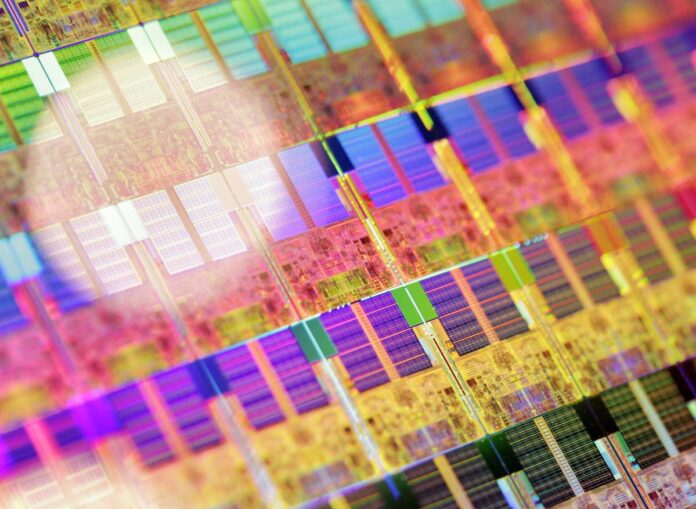Scientists have created an entirely new material that can’t be explained, they say.The material can be made like plastic, but conducts electricity like a metal. The discovery goes against what scientists would expect to see, and could lead to new kinds of breakthroughs, researchers say.’In principle, this opens up the design of a whole new class of materials that conduct electricity, are easy to shape, and are very robust in everyday conditions,’ said John Anderson, an associate professor of chemistry at the University of Chicago and the senior author on the study, in a statement.Scientists have created conductive materials of all kinds, and the differences between them are what have allowed us to create a variety of electronic devices that work across conditions.But across all of those differences, the conductive materials share similarities. They are made up of atoms or molecules that run in straight, densely packed lines, which scientists thought was required to make sure they could effectively conduct electricity.In the new study, however, scientists say they have created a new kind of material in which those fragments are messed up, and not in order. It is still able to conduct electricity very well, however.’From a fundamental picture, that should not be able to be a metal,’ said Professor Anderson. ‘There isn’t a solid theory to explain this.’The material can withstand being bent around, squashed and formed into a variety of different formations, researchers say. Its creators liken it to ‘conductive Play-Doh’, in that it can be shaped in various ways and will still continue to allow electricity to flow through it.The discovery should allow for electronics to be made in new ways, its creators say. For instance, current chip or device design is limited by the fact that metal must be melted into the right shape, which can cause problems for other components – but the new material can be made at room temperatures, and so poses less risk.Similarly, the materials ability to withstand heat, humidity or extreme acidity or alkalinity means that it could be used to create devices that can work in conditions where traditional materials would be destroyed.The finding is reported in a new article, ‘Intrinsic glassy-metallic transport in an amorphous coordination polymer’, published in Nature today.
Scientists create entirely new material that ‘can’t be explained’
Sourceindependent.co.uk
RELATED ARTICLES


